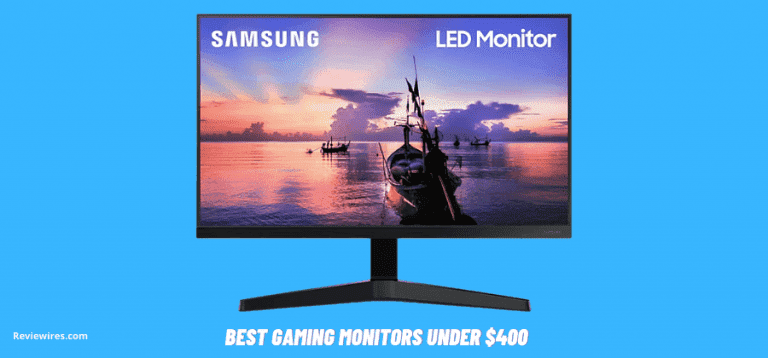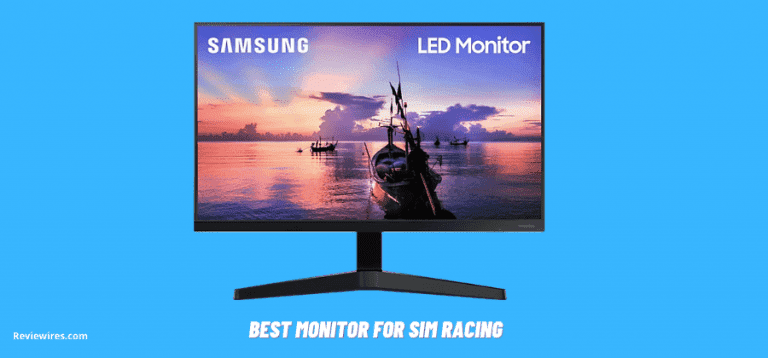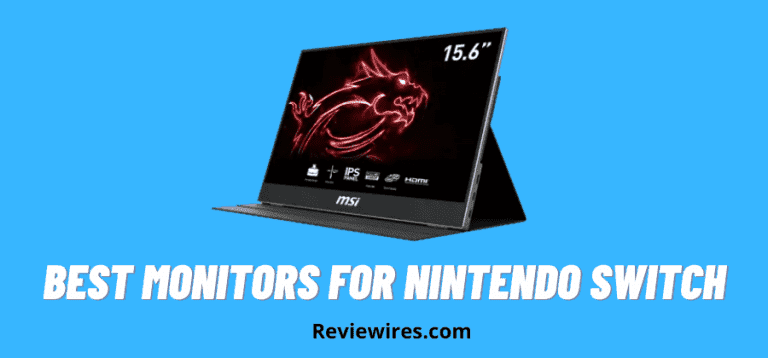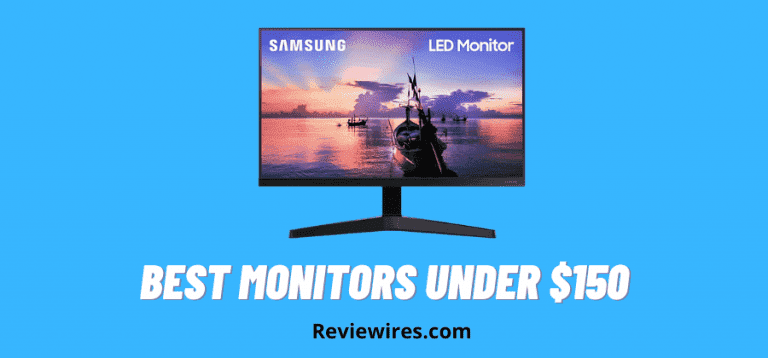5 of The Best Blue Light Screen Filters from Amazon
If you spend a lot of time in front of a computer screen you may want to consider a blue light screen filter. This reviewires.com article will provide you with the latest information on blue light screen filters including: What are they? What do they do? and Do you need one?
What is blue light?
Blue light is a small component of visible light. Visible light is the light the human eye can detect and is usually between 380 nanometers (violet light) to 700 nanometers (red light). Blue light has very short, high energy waves just slightly longer and less powerful than UV waves, which people can’t see with the naked eye. Health experts warn about the harmful effects of UV light and blue light is nearly as powerful.

How does blue light effect our eyes?
The cornea and lens protect the light-sensitive retina at the back of the eye from damaging UV rays, but these structures do not keep out blue light. Some health experts have expressed concern about exposure to blue light from digital screens and devices, but so far research has been inconclusive if blue light causes damage to the human eye. It is important though to point out that with LED devices being relatively new, no long-term studies measuring blue light exposure have been carried out over the course of a lifetime.
What is a blue light screen filter?
In the simplest terms, a blue light screen filter blocks light in the 380 – 500 nanometer range emitted by electronic devices.
Does a blue light screen Filter work?
The answer is yes, blue light screen protectors do work. By filtering out the blue light frequencies, blue light screen filters can help reduce the negative effects of blue light on our sleep, eye strain, and overall health.
Who should use a blue light screen Filter
Anyone who is concerned about reducing blue light exposure should consider a blue light screen filter. A blue light screen filter has no harmful side effects and can help with eye strain and/or sleep issues.
Do I need a blue light screen Filter
If you spend a lot of time looking at digital screens, whether; computer screens, phone screens, tablet screens etc. you may want to consider purchasing a blue light screen filter. If you have sensitive eyes, dry eyes, itchy eyes, or have trouble falling asleep at night after using your devices, then having a blue light screen filter may alleviate some of the effects of staring at a screen for too long.
Purchasing a blue light screen filter – a few things to look for
Visual quality
Select a blue light screen filter which retains the display’s original color and brightness.
Size
Ensure the dimensions for the filter are the correct size for your display. Most brands offer multiple sizes to fit most displays.
additional features
Privacy and anti-glare or special coatings to protect from impacts, scratches, and smudges.
5 highly rated blue light screen filters
VERPONITY Computer Privacy Screen

- Blocks 92% Blue Light
- Quick and easy installation
- Comes in multiple sizes
VizoBlueX Anti-Blue Light Filter

- Blocks 95% Blue Light – 380 – 495 nanometer range
- Easy installation
- Comes in multiple sizes
- Fits a variety of displays and televisions
VizoBlue Stop anti-blue light filter

- Blocks 95.8% Blue Light at 406 nanometers
- Easy Installation
- Comes in multiple sizes
- Fits a variety of displays and televisions
Vizomax Anti-blue light filter

- Reduces Blue Light up to 99.6%
- Made of strong optical-grade acrylic
- Comes in multiple sizes
- Fits a variety of displays and televisions
Mosiso Blue light blocking screen protector

- Reduces Blue Light up to 45% between 420nm – 460nm
- Ultra Thin
- Easy Installation
- Comes in multiple sizes
Conclusion
Blue light from displays may impact sleep, vision and overall well-being, and a blue light screen filter can be part of the solution. There are other strategies to combat too much blue light exposure. These strategies include setting your device to night mode or practicing the 20-20-20 exercise. This practice is simply after 20 minutes of looking at a screen, look at something at least 20 feet away for 20 seconds. The main goal is to look away from the screen and let your eyes see other objects and distances to reduce fatigue and eye strain. Another consideration is to check your existing monitor to see if it has built-in eye strain reduction features and if it has them you should consider using those. If your monitor doesn’t have those features and you’re in the market for a new monitor check out our article on the best monitors to prevent eye strain.




